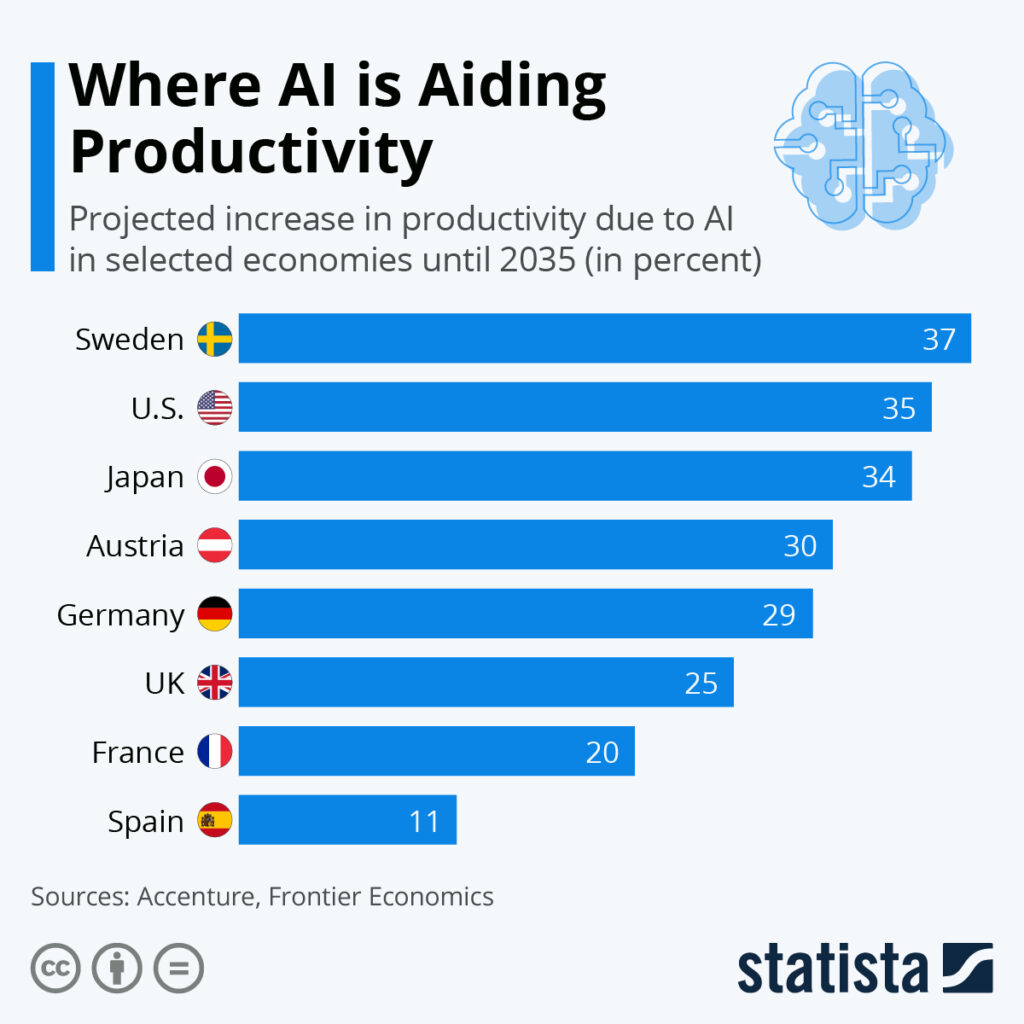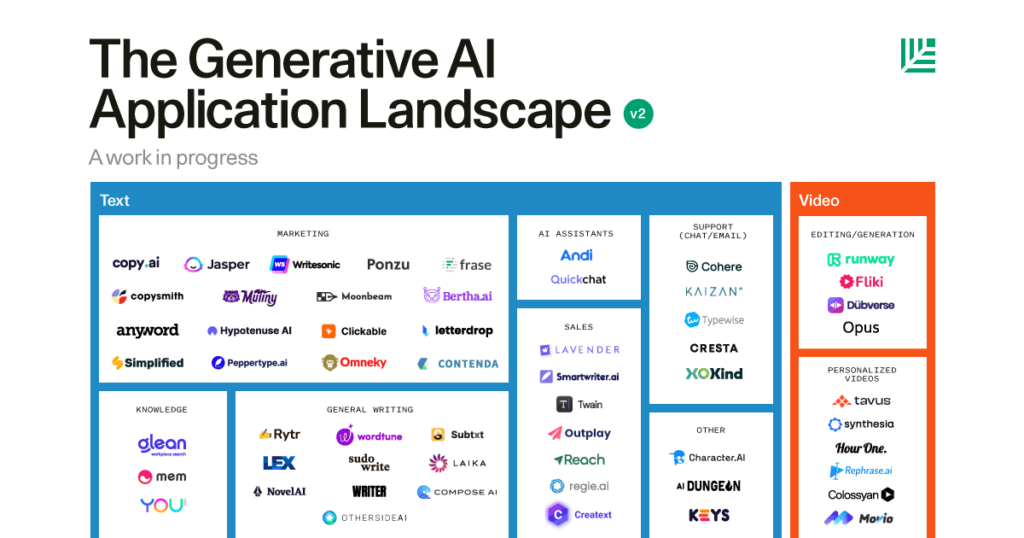In today’s competitive business landscape, productivity has become a critical factor in determining success. Companies are constantly seeking ways to optimize efficiency and streamline workflows to stay ahead of the competition. One of the most promising solutions in recent years has been the use of artificial intelligence (AI) to enhance employee productivity and drive business growth. In this blog post, we will explore how AI is boosting productivity and the various applications of AI and its potential benefits for workforce productivity.
Understanding AI and its Role in Employee Productivity
AI, as a concept, refers to systems that are able to analyze and learn from data, adapt to new situations, and perform tasks that would otherwise require human intelligence. AI can be applied in various industries to automate tasks, gain insights and make decisions, and enable new capabilities. AI relies on machine learning, natural language processing, and other technologies to process and analyze data at scale, which can result in significant improvements in productivity and efficiency.
Automating Productivity with AI
One of the primary benefits of AI is its ability to automate repetitive and mundane tasks that take up significant amounts of employee time. By automating such tasks, employees can focus on higher value activities that require creativity, critical thinking, and problem-solving skills. According to a recent study by McKinsey, up to 45% of work activities can be automated using existing technologies, resulting in a potential productivity gain of 20-25%.
Some examples of AI-powered tools and software for task automation include chatbots, process automation tools, and predictive analytics systems. For instance, chatbots can be used to automate customer service inquiries, thereby freeing up customer service agents to handle more complex cases. Process automation tools can be used to reduce manual data entry and automate workflows, such as procurement or invoice approval processes. Predictive analytics systems can be used to forecast demand or optimize inventory, resulting in more efficient resource planning.

Enhancing Workforce Productivity
AI can also be used to enhance workforce productivity by providing employees with relevant insights and recommendations. AI algorithms can analyze vast amounts of data from various sources, such as customer feedback, sales data, and social media trends, to provide actionable insights for decision-making. Such insights can help employees identify new opportunities, optimize processes, and improve customer satisfaction.
For example, AI-powered sales analytics tools can provide sales teams with real-time insights into customer preferences, competitor activities, and market trends, thereby enabling them to tailor their strategies accordingly. Similarly, AI-powered HR analytics tools can provide HR teams with insights into employee behavior and engagement, allowing them to create personalized training and development programs that improve employee productivity and retention.
Using AI to Optimize Workforce Productivity
AI can also be used to optimize workforce productivity by personalizing learning experiences and improving collaboration. AI-powered learning tools can create personalized learning paths for employees based on their skills, learning style, and preferences. This can lead to more effective training and development programs that align with the needs of individual employees.
AI-powered collaboration tools, such as virtual assistants and chatbots, can facilitate communication and teamwork, enabling employees to work more efficiently and effectively. Such tools can provide real-time feedback on workflows, identify opportunities for improvement, and help employees navigate complex processes. This can result in improved productivity, reduced errors, and enhanced employee engagement.

Addressing Concerns and Ethical Considerations
While AI has the potential to greatly improve employee productivity and streamline workflows, it is important to acknowledge concerns around its use in the workplace. Some common concerns include job displacement, data privacy, and bias. Employers should strive to implement AI systems in a responsible and ethical manner, ensuring transparency and fairness in all decision-making processes. This can be achieved through a combination of human-AI collaboration and ongoing monitoring and improvement.
In conclusion, AI has the potential to greatly boost employee productivity in various ways, from task automation to personalized learning and collaboration. By embracing AI technologies, companies can optimize efficiency and improve business outcomes. It is important, however, to address concerns around ethical consideration, and ensure that AI systems are implemented responsibly to maximize their benefits. We encourage readers to explore AI solutions and incorporate them into their productivity strategies to remain competitive in today’s landscape.